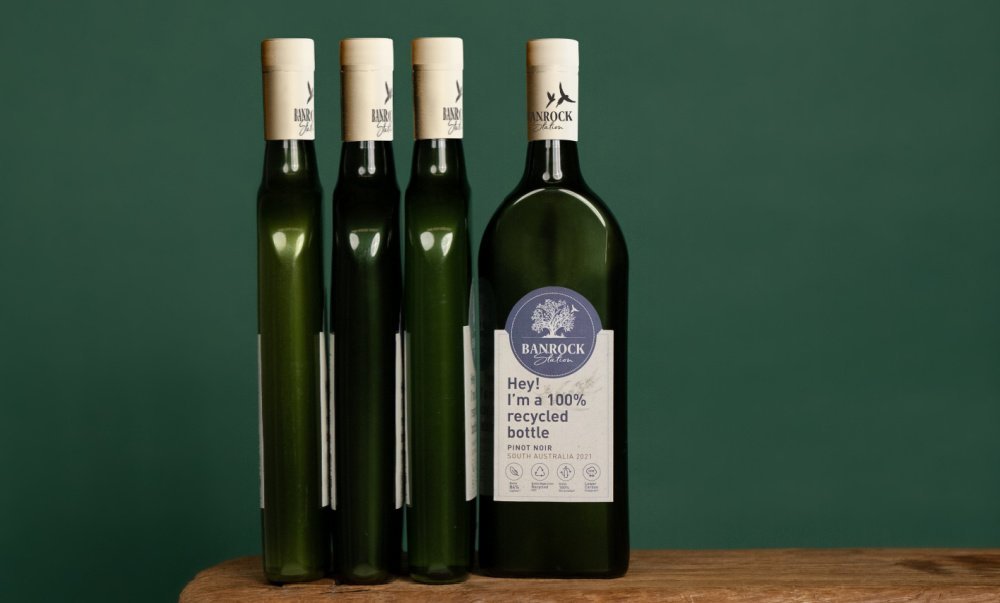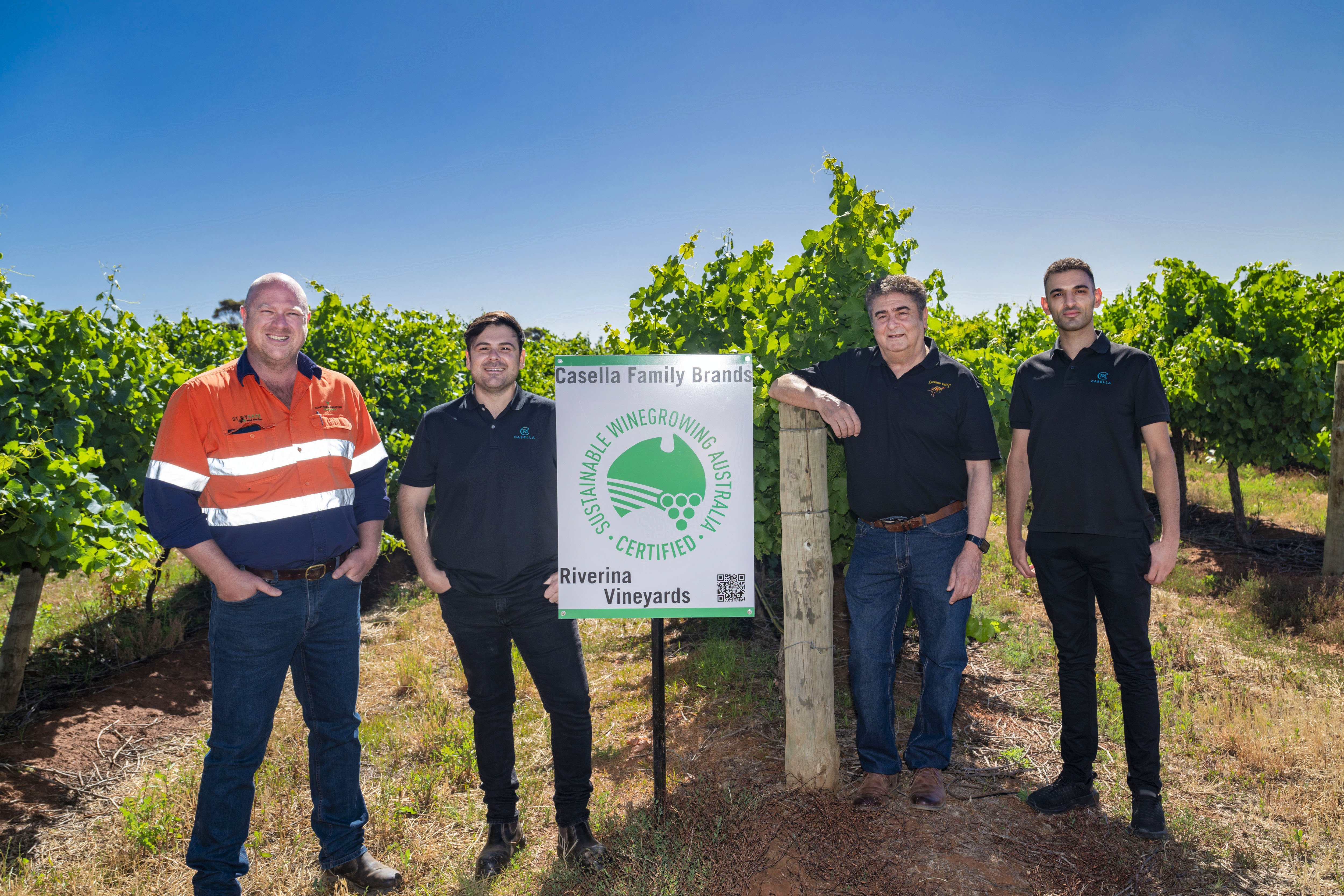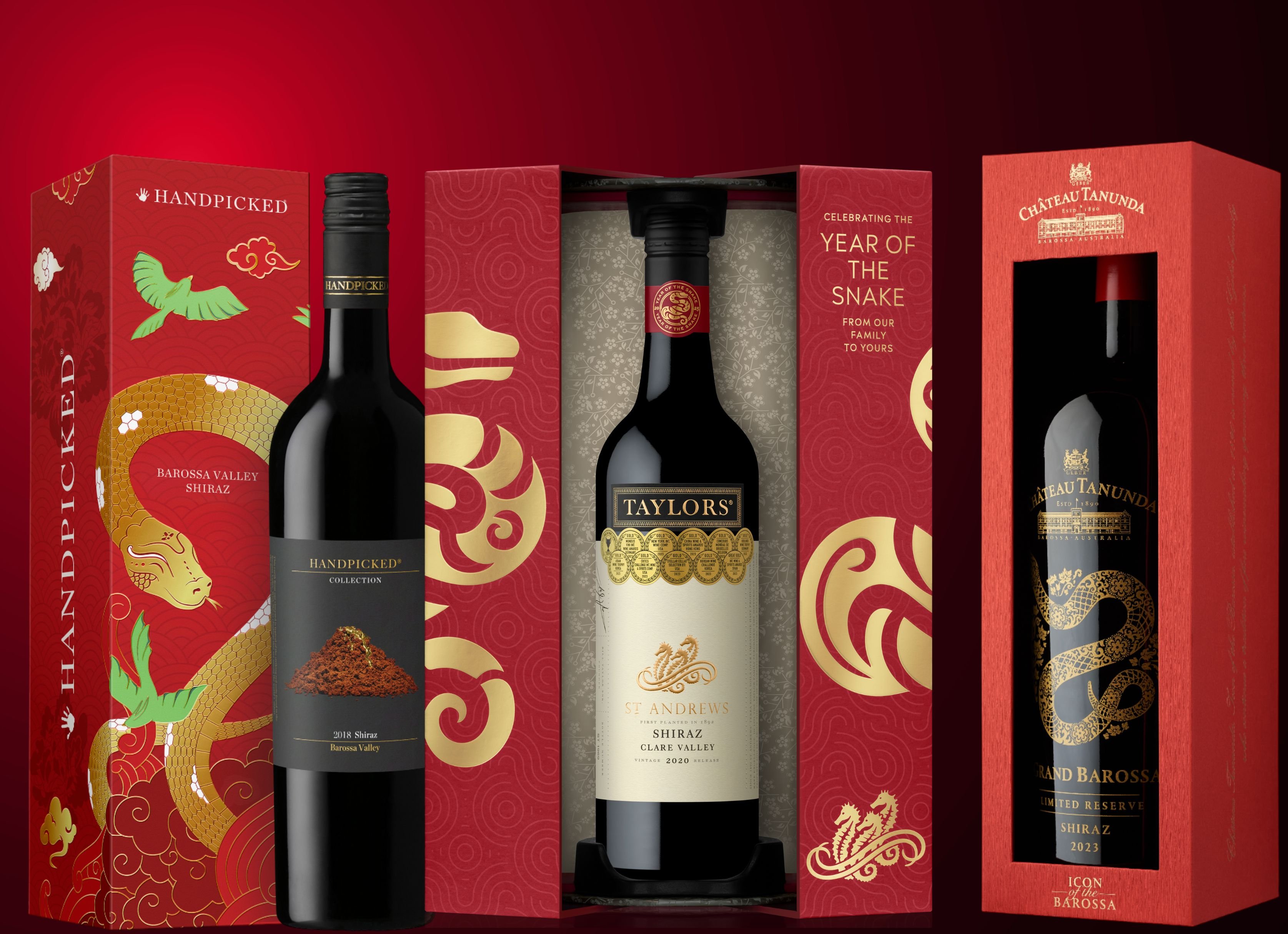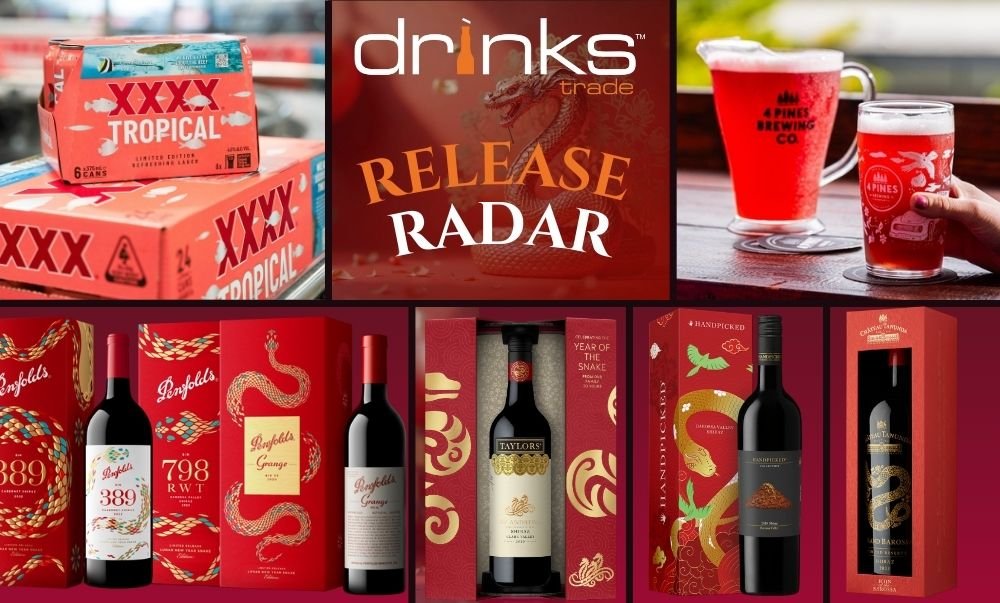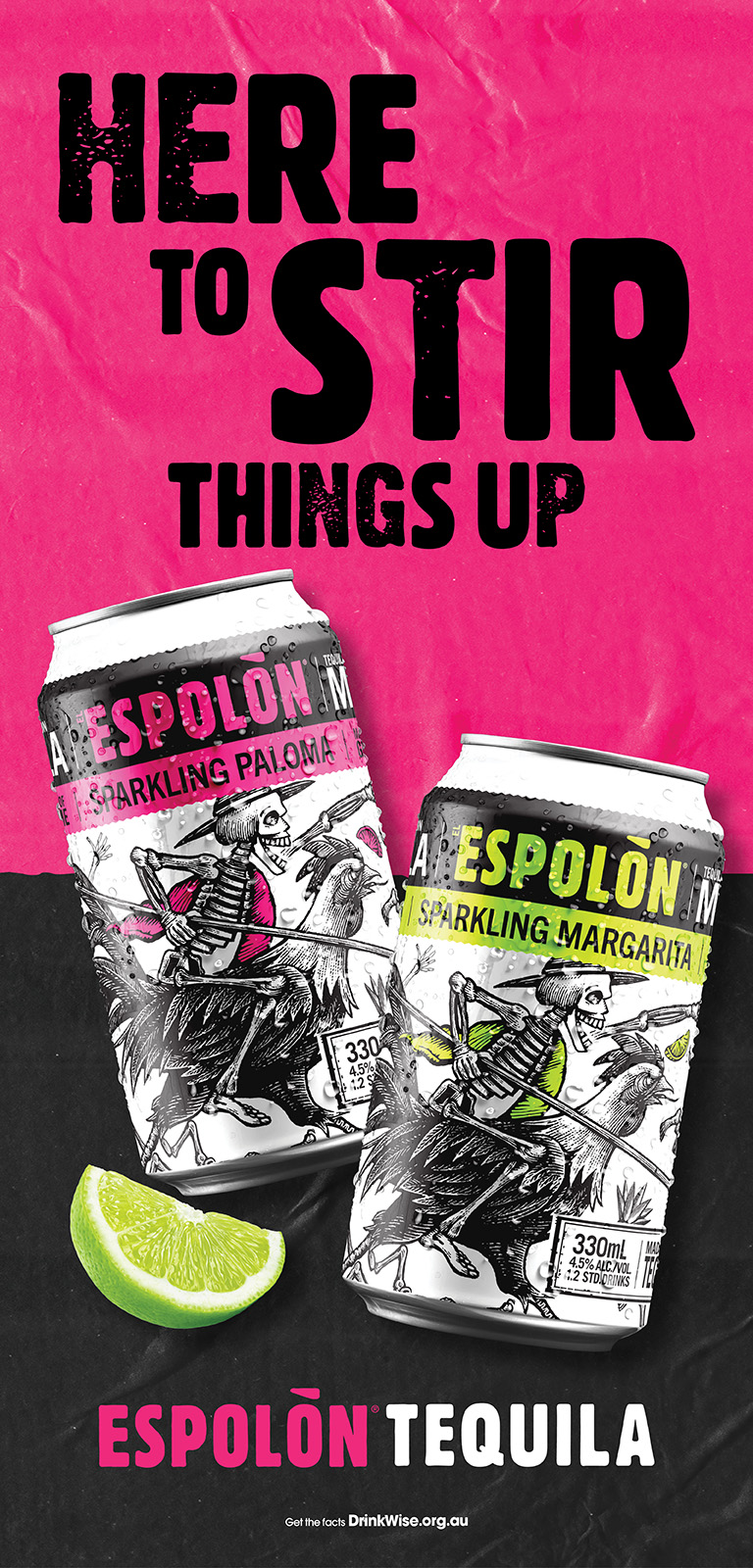Following on from recent coverage exploring France’s multitude of sparkling wines other than Champagne, Drinks Trade felt it would be pertinent to take a closer look at one of the factors underpinning Champagne’s success: the strength of the Comité Champagne.
Created in 1941, the Comité Champagne acts as a governing body designed “to ensure the well-balance of the Champagne economic sector,” explained Stéphanie Martel, head of the Champagne education division at Comité Champagne, at a recent Champagne Masterclass attended by Drinks Trade.
“We have four main missions… We have research and development, we have the market regulation/the protection of the name Champagne, and [we have] the education of wine professionals.”
While in some circles the Comité has a reputation for proactively policing the region’s name globally - a role it continues to perform on about 500 new cases every year - Martel stresses that regulation is less than half of the Comité’s function.
“In Comité Champagne, there are 130 people, and half of the employers are working for sustainability research and development in wine and in vine… It is the main activity of the Comité Champagne, is that clear? We are not all sitting in the legal department checking the names.”
The Comité, working in partnership with the French government, also plays an important role in gathering export data, which is later used to gain a better understanding of how to grow Champagne globally.
Stéphanie Martel said, “the third mission, and it is the reason why the Comité Champagne is also a half-public company, is because the French government delegates a certain number of tasks to the Comité Champagne. And we follow, we track all the shipment of the bottle, that allow us to have a wonderful view about the data.
“We have 16,200 rural producers, of that, only 5,000 produce their wine with cooperative or with their own name; we have 125 cooperative and 390 Champagne houses: that's a big, big family when we have to make a decision; we represent around 0.5% of the total vineyard area; and we ship around 300 million bottles per year.”
Currently, around 57% of Champagne’s total production is exported, with Australia being one of the most valuable international markets for the region: "you are number 6, well done. And it is close to 9 million bottles,” said Martel.
The final and largest component of Comité Champagne's mission is its research and development sector.
“Regarding research and development, everything is due for two things: keep the excellence and the quality of the Champagne wine, and reduce at the maximum impact on the environment,” said Martel.
One example of this in relation to bottle design: “we reduced the weight of the bottle from 900 grams to 835 grams. We're still working on it. We always try to reduce, but we have to face high pressure inside the bottle.”
Another relates to its positive progress towards achieving a net zero carbon footprint by 2050.
“Today, we have more than 69% of the surface of the vineyard in Champagne that has environmental certification… and our target is to achieve 100% by 2030.
"We face a global warming, it's a reality. For example, over the past 30 years, the crop harvest in Champagne is more than 20 days earlier. It's huge. We also have to face more and more unpredictable weather events.
“For all these reasons, we have had in our regulation a number of non-compulsory (I need to insist on that) non-compulsory possibilities. The first one is, not a real new grape varieties, but we had a new one only under experimentation, and the name is Voltis.”
More information regarding the Champagne region, including Martel’s insights into the Voltis research project, will be published to Drinks Trade over the coming weeks.
Share the content




